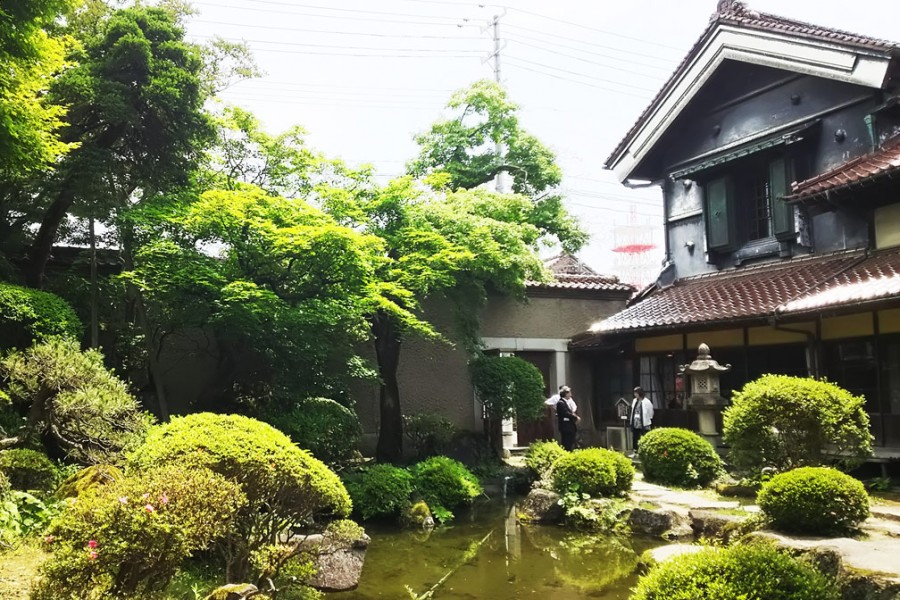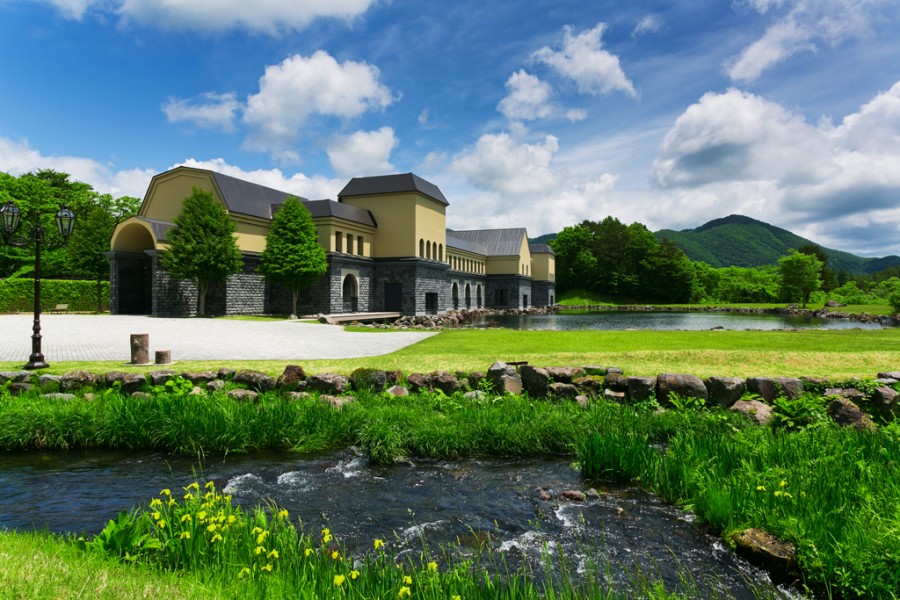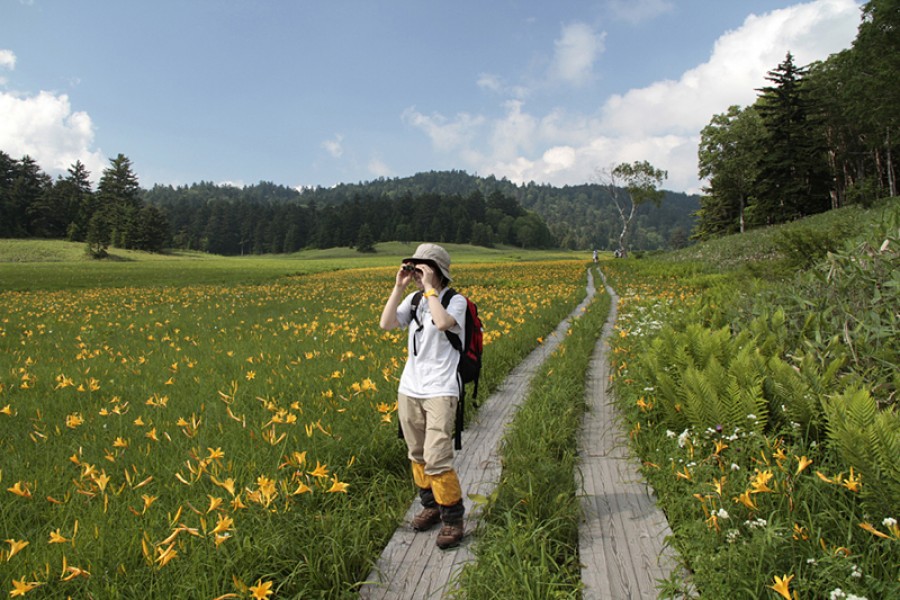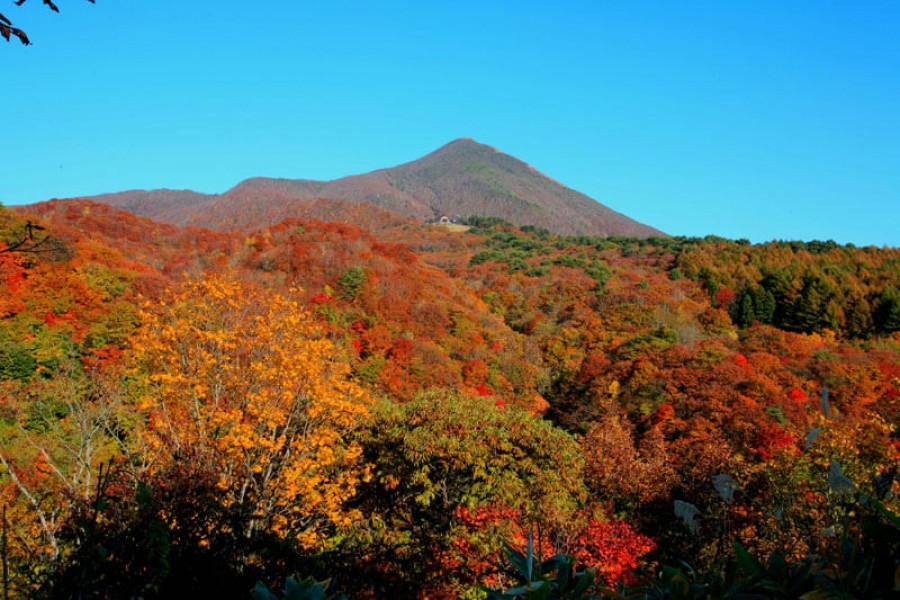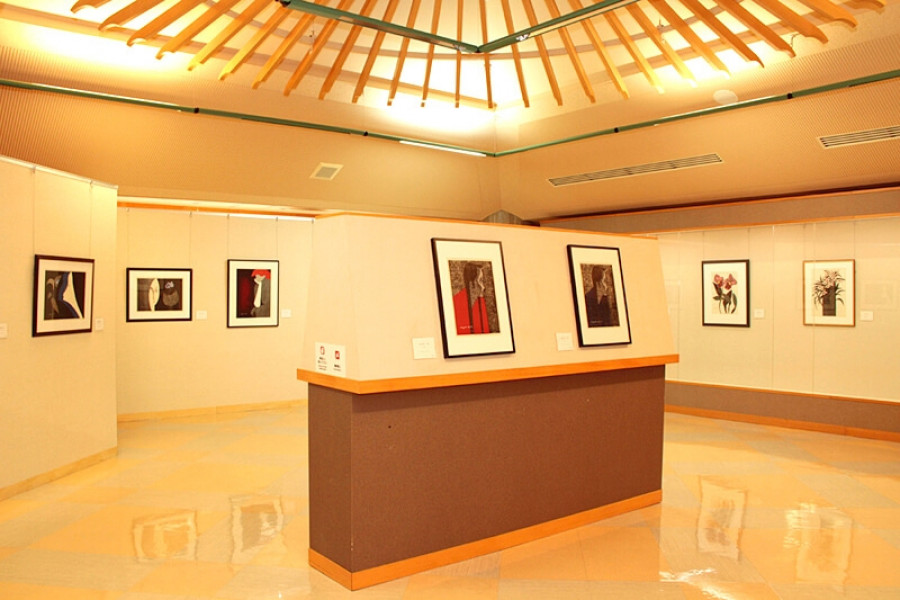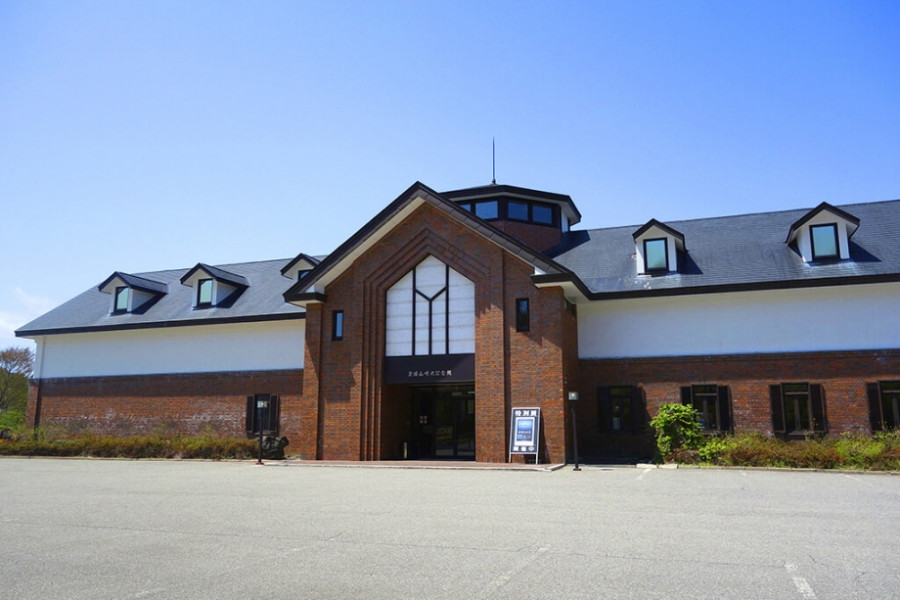Museums & Galleries
Fukushima Prefectural Museum
The Fukushima Prefectural Museum (Fukushima Museum) [福島県立博物館] is in Aizu-Wakamatsu City, about a ten-minute walk (750 m) from Tsurugajo Castle. The museum covers the history of Fukushima prefecture from the primitive age through modern times with exhibitions of historical items, relics, scale models, and replicas of objects of historical significance.Its general exhibition is divided into six parts and explains the history of the area in chronological order. Starting with archaeological findings from the Glacial Age, the formation of the Japanese islands, and the first settlements (all covered in the Primitive Age section), the exhibits show the cultural developments and the evolving way of life through to modern times. The last exhibit, ‘Fukushima and its Nature’, details the prefecture’s ecosystems and how they have been impacted by natural disasters through the years.The museum also has departmental exhibition rooms that focus on Fukushima’s geological features and folk culture.Visitors can ask for an English guidebook at the entrance, which contains explanations of most items on exhibit. Information in English, Chinese, and Korean is displayed on some screen panels at the museum.The museum also houses a tea room, the Prefectural Museum Tea Room ‘Tsukinai’, that serves lunch and a variety of drinks. To the right of the main entrance is a recreational room for children. The room has a tatami area, children’s books, wooden toys, and decorations in traditional Aizu momen (cotton) textiles, which give it a unique, warm feel. Throughout the year, several special events and activities for children are hosted in this space.
